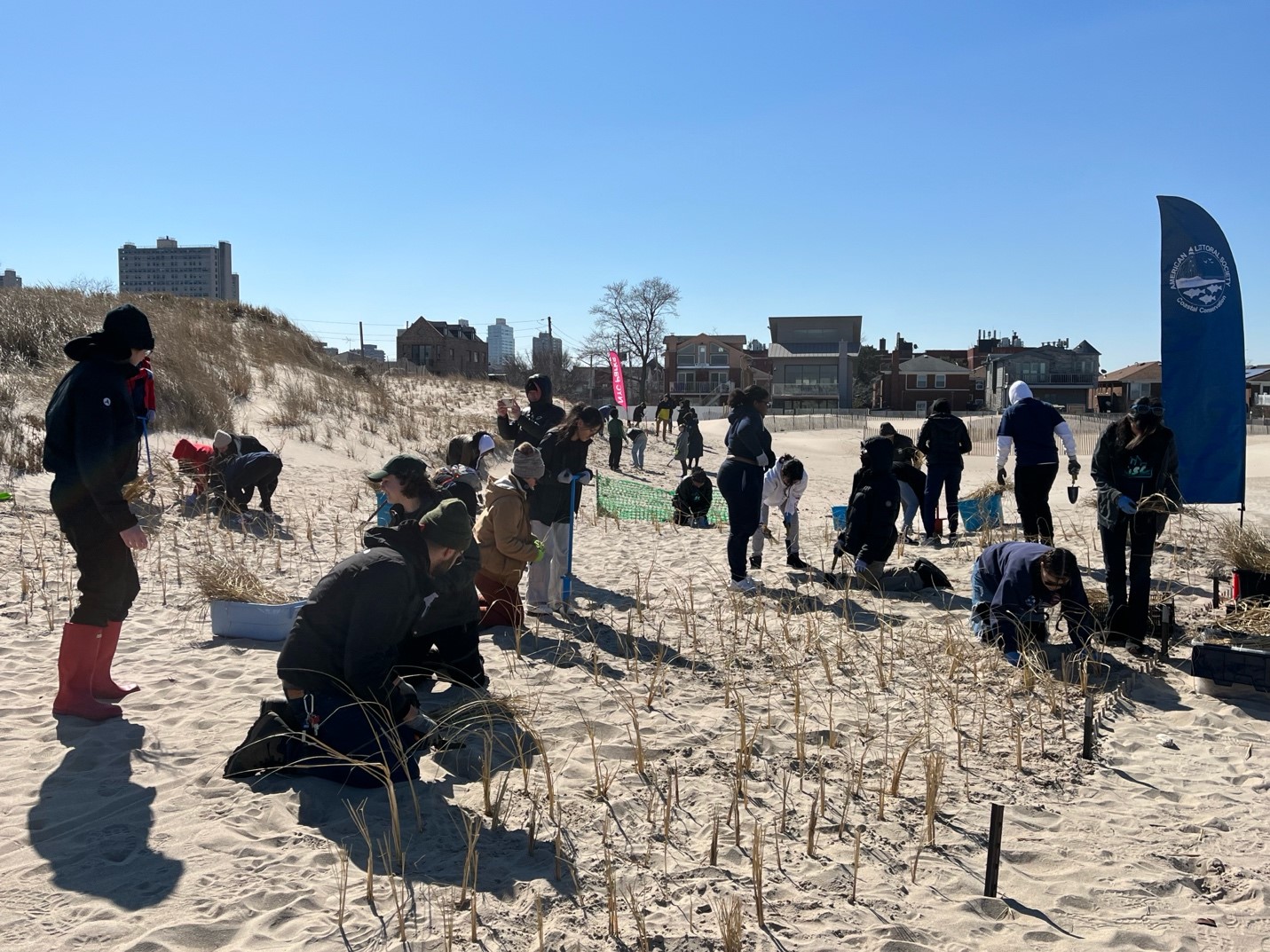Inspiring Youth-Centered Change with the National Wildlife Federation
Mobilizing for Climate Resilience on Coney Island.
By Isabella Killius
On Coney Island, the hurricane surged during high tide, pummeling houses and destroying the Island’s hospitals and electrical networks. Fourteen years later, severe flooding and coastal erosion exacerbated by climate change continue to present dire threats to Coney Island’s people and infrastructure. Across the Island, these threats are not distributed evenly—low-income neighborhoods and communities of color experience the first and worst effects of intensified storms.
The National Wildlife Federation (NWF) is responding to climate threats, from local to global, through a range of programs and initiatives, including climate-informed professional development for educators, the EcoSchools USA green schools’ community of more than 600 schools, advocacy at all levels of government, and digital communications connecting youth to creative community-based climate action. In response to Coney Island’s unique vulnerability, NWF and local partners cultivated a youth-centered model of change.
Students and educators across seven schools participate in NWF’s collaboratively designed climate resiliency curriculum. Senior Manager of Climate Resilience Education at NWF, Emily Fano explains, “With support from community leaders and climate experts on Coney Island, students are given access to lessons about resilient features in the face of the climate emergency.”
Students participate in a dune restoration field trip and plant native dune grass along Coney Island’s shorelines, learning about dune vegetation’s roles in preventing coastal erosion. Students provide a crucial natural-based solution for a community that has previously received little support to address climate challenges.
In 2023, students planted over 15,000 beach grass culms in Coney Island Creek Park. High school senior Sheldan Clerge explains the impact of this project-based learning: “I feel like the outcome of this is going to really help a lot of the people here. People on Coney Island are still recovering from Sandy to this day.”
The dune grass plantings also offer opportunities for young people to interact with the island’s wildlife, such as oysters and herring gulls. “I’m really fascinated by the complex biodiversity and ecosystems here. It amazes me,” says high school senior Russell Fajardo.
The resilience curriculum incorporates exercises that equip students with tools to comprehend the scale of the climate crisis on Coney Island. Using pole markers and string, local scientists guide students to estimate water rise by the decade and develop a richer visualization of how flooding impacts will transpire under different emissions reduction scenarios. “Students understand why we need to learn and advocate for frontline communities like ours. They become more vocal and determined,” explains teacher Rachelle Travis.
NWF’s authentic engagement has enabled Coney Island students to become their own agents of change in the fight against the climate crisis. With climate justice and community-powered resilience at the heart of this work, young people are poised to mobilize for equitable climate change solutions in their community of Coney Island and beyond.
Students Rebuild is proud to partner with NWF on the Extraordinary Earth Project.
